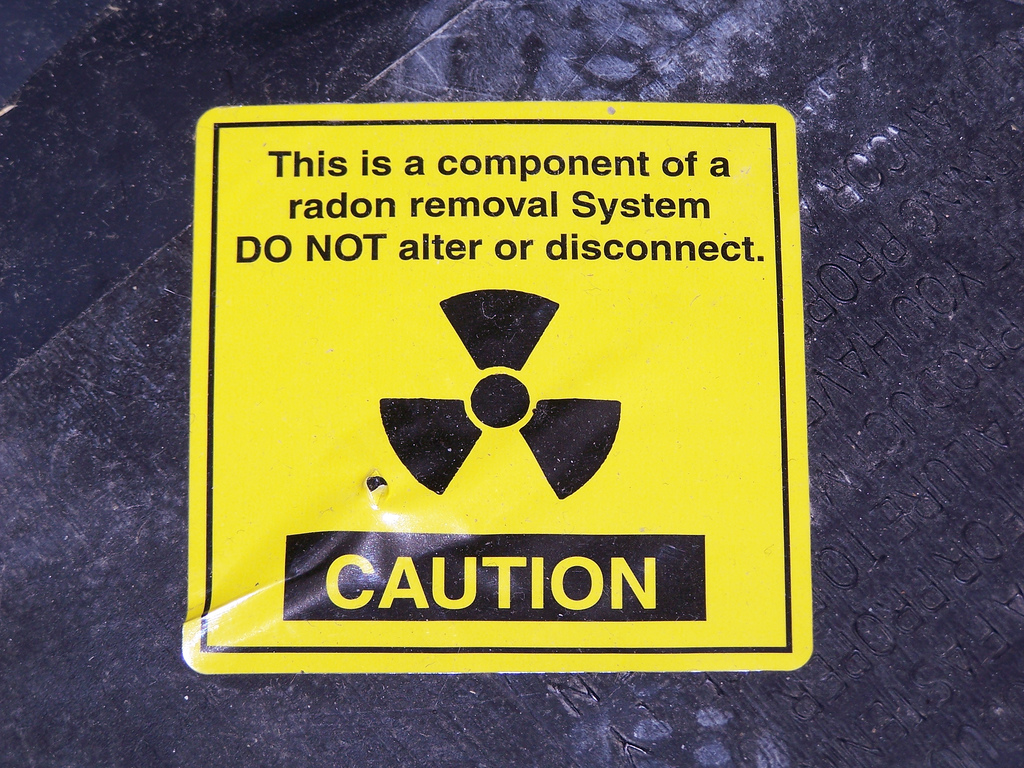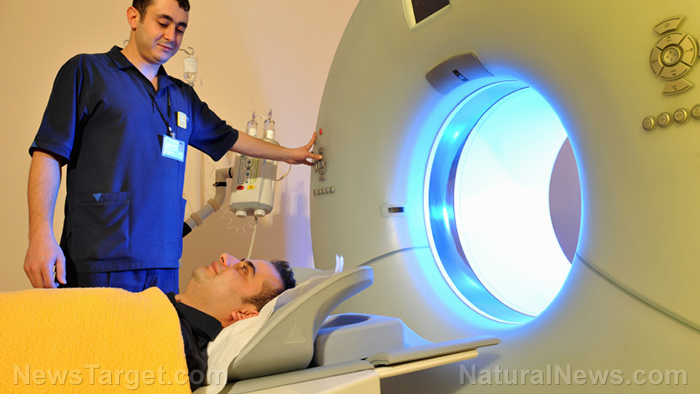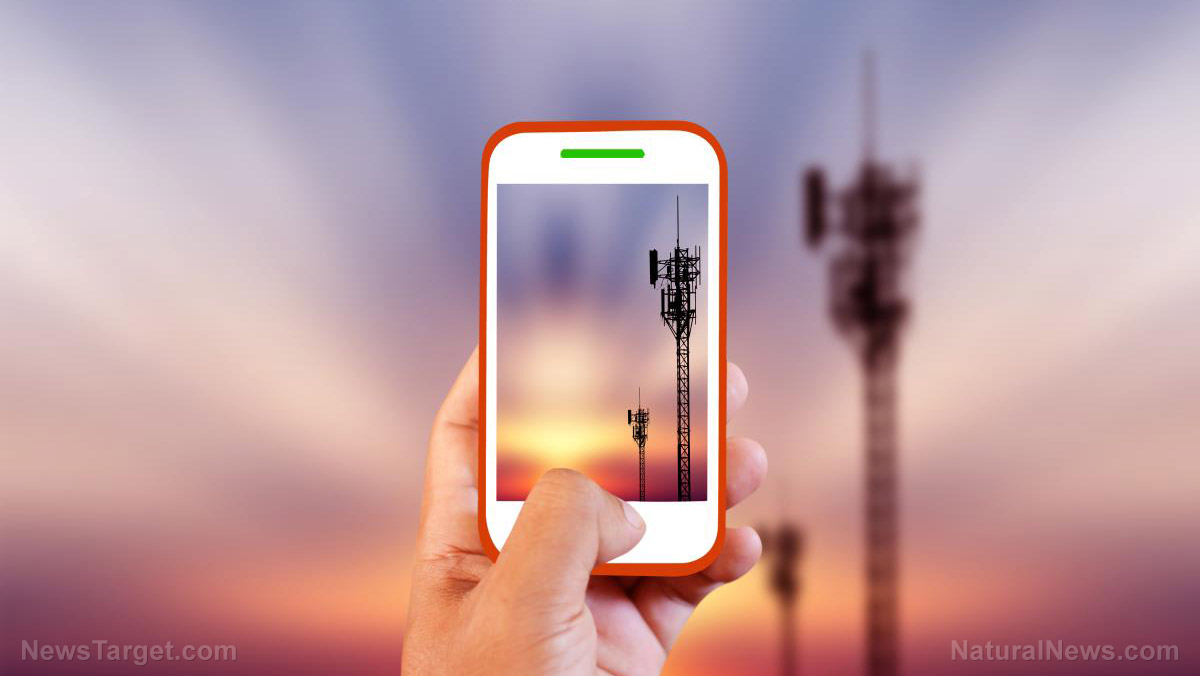The EMF assault continues as 5G rolls out – but does anyone know the consequences to human health, the environment?
02/02/2018 / By Isabelle Z.

As ultra-high-speed 5G wireless begins to roll out, concerns about what the technology might do to our health are rising. Telecommunications companies are hyping up the technology’s amazing speeds and reliability, but what price will we pay for it?
It’s been a concern since cell phones first came on the market back in the 1980s, but the problem has grown rather dramatically since that time. Back then, only a select few had cell phones, and those with reservations about radiation could simply elect not to buy one. These days, however, almost everything is connected, from cell phones and computers to toasters and smart meters. Even if you don’t have these items in your home, Wi-Fi hotspots are everywhere, and it’s only going to get worse with the rise of virtual reality and autonomous vehicles.
According to preliminary data from a National Toxicology Program study, male rats who were exposed to nine hours of radiation a day over the course of two years had higher incidences of rare tumors in their brains and hearts starting at levels that are just around the federally permitted cellphone radiation level. While these results haven’t yet been fully extrapolated to humans, they were alarming enough for the American Cancer Society to label the study “a paradigm shift in our understanding of radiation and cancer risk.”
It’s about time that more research is done before the damage goes too far. Cellphone subscribers continue to grow in numbers, and people are using mobile devices for increasingly longer durations as well thanks to offerings like streaming video and social networks.
5G is an entirely different beast from the 4G of today. Not only is it ten times faster, but it also requires the installation of thousands of base stations on buildings and utility poles in order to spread its signals. Some are just the size of a smoke detector, and researchers estimate that one station will be needed for roughly every 12 homes in urban areas given the relatively small distances these signals are able to travel. So even though you might be able to choose not to live by cell towers now, you will soon have nowhere to hide once these antenna base stations start cropping up all over the place.
So many unknowns
The International Agency for Research on Cancer of the World Health Organization has labeled cell phone radiation as being “possibly carcinogenic to humans” while noting the lack of research on the matter. The fact is that we simply do not know what the long-term effects of all this could be, and the few studies we do have raise a lot of red flags. More than 200 scientists from around the world who have studied cellphone radiation exposure and other electromagnetic fields sent a letter to the United Nations asking them to protect people, especially children and pregnant women, from this dangerous radiation.
Not only do we not know what it’s doing to us, but we also can’t say for sure just how it is affecting our environment. It’s hard to wrap one’s brain around the number of devices and other technology that is out there changing our planet’s natural frequency. We do know, however, that we are seeing changes in weather patterns, unusual cloud formations, and massive tree die-offs. We know that animals are sensitive to EMFs, with bees reacting to signals from mobile phones by creating a high-pitched sound that signals to others that they should desert their hive. The Ecologist notes that animals have been found to sustain oxidative harm from Wi-Fi sources, and peer-reviewed studies have found this radiation to harm plants, trees, insects, livestock and rodents. Other studies have pointed to mitochondria and DNA being frequency-sensitive.
While those with a vested interest in this technology will do their best to downplay its potential risks, the truth is that only time will tell if 5G will end up being like cigarettes and antidepressants and only show its true danger as the years go by.
Follow more news on the health risks of wireless technology at Glitch.news.
Sources for this article include:
Tagged Under: 4G, 5g, cell phone radiation, connected devices, Ecology, EMFs, environ, internet, Internet of Things, radiation, smart meters, Wi-Fi, wireless, wireless signals
RECENT NEWS & ARTICLES
COPYRIGHT © 2017 RADIATION NEWS


















